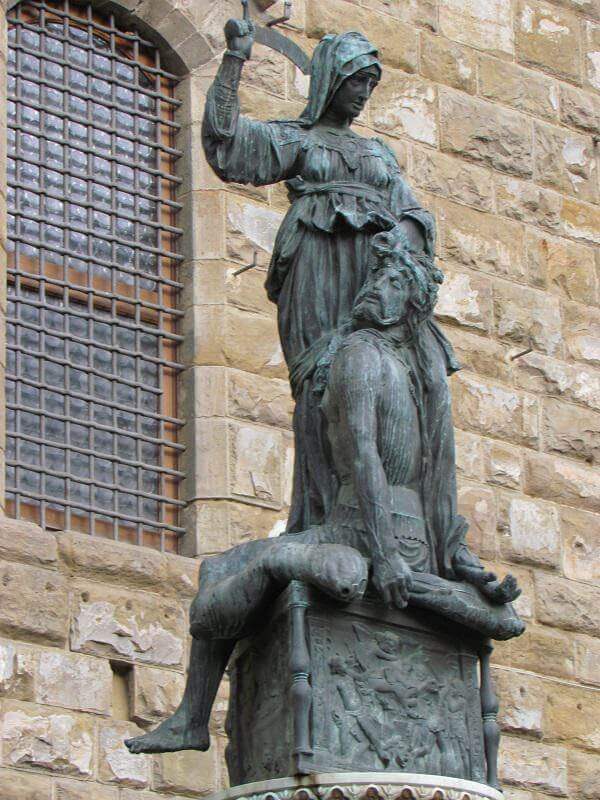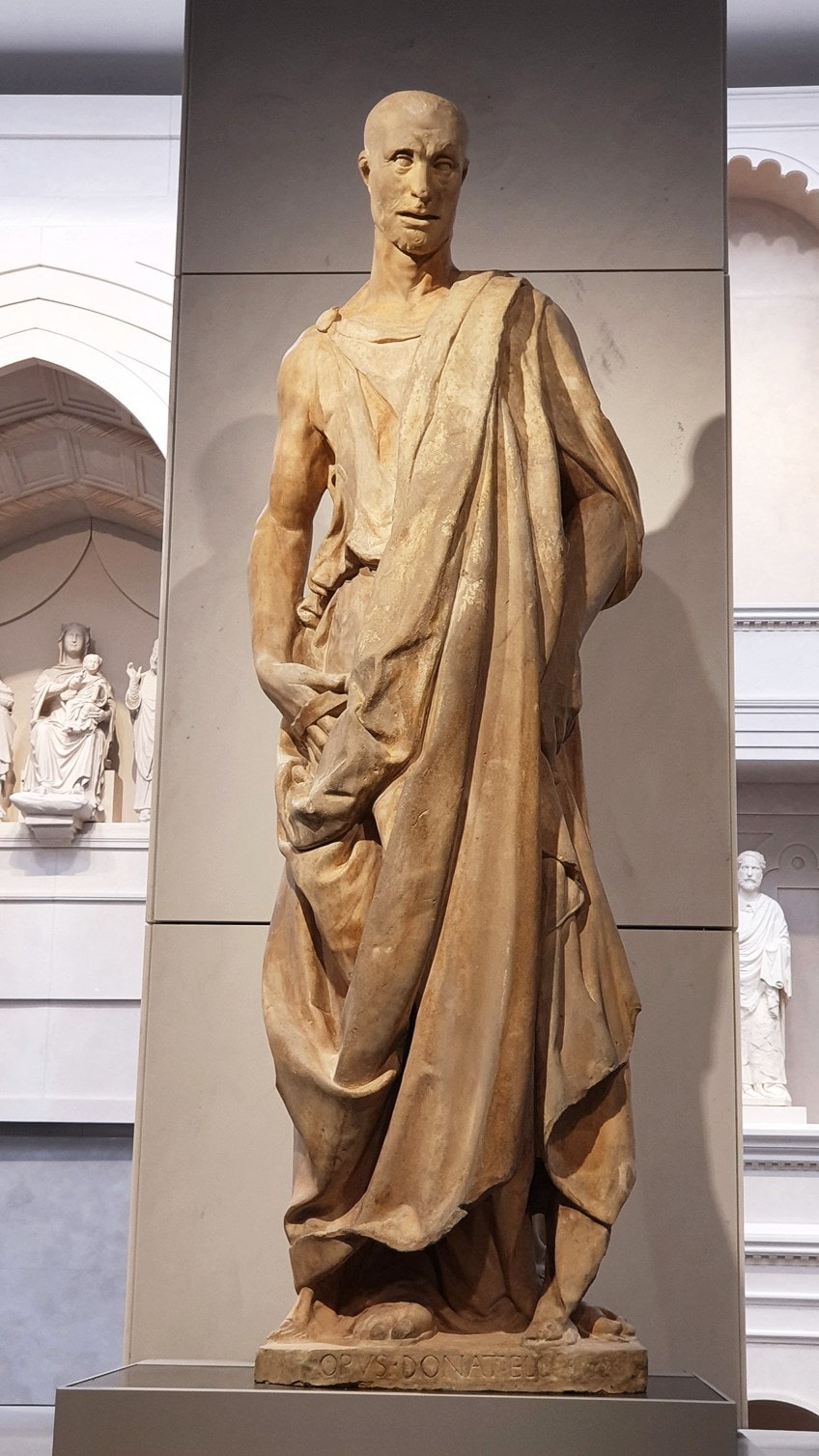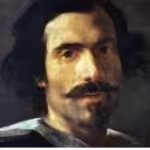Donatello, also known as Donato di Niccolò di Betto Bardi, is a name synonymous with the Renaissance—a period characterized by profound cultural rebirth and artistic exploration. His work laid the foundation for modern sculpture and established him as one of the foremost figures in art history. This article explores the various dimensions of Donatello’s life and legacy, shedding light on his revolutionary contributions to sculpture, his relationship with the Medici family, and the philosophical implications of his artistry that resonate through centuries.
Emergence of a Master: The Early Life of Donatello

Donatello’s journey into the realm of art began in Florence, Italy, around the late 14th century. As a child immersed in the vibrant culture of Florence, he was surrounded by artistic influences that would shape his future. His early education involved apprenticing under established artists, where he honed his skills and developed an appreciation for classical antiquity.
The Influence of Florence

The city of Florence during Donatello’s time was a thriving hub of art and scholarship. It was here that the seeds of Humanism were being sown, emphasizing the study of classical texts and the value of individual experience.
Cultural Melting Pot
Florence’s unique environment served as a melting pot for ideas, fostering innovation and creativity. Artists, philosophers, and thinkers congregated, each contributing to this transformative period. Donatello was influenced not only by the works of his contemporaries but also by the remnants of Roman art he encountered around the city. This exposure ignited his passion for sculpture, particularly the intricate methods of rendering human forms.
Apprenticeship and Growth
Beginning his formal training in the workshop of Ghiberti, Donatello learned the intricacies of bronze casting and marble carving. Under Ghiberti’s mentorship, he was exposed to a blend of Gothic styles and emerging Renaissance techniques. This dual experience laid the groundwork for Donatello’s distinctive approach to sculpting, blending both tradition and innovation.
A Revolutionary Artist
Emerging from his formative years, Donatello developed a style that broke away from the rigid constraints of medieval sculpture. He sought to capture the essence of human emotion and movement, crafting figures with an unprecedented level of realism.
Breaking Traditional Norms
Unlike many of his contemporaries who adhered strictly to religious iconography, Donatello aimed to evoke a sense of humanity within his works. His sculptures conveyed profound emotional depth, representing not just religious themes but also celebrating the human experience. This marked a significant shift towards what we recognize as the Renaissance ethos—emphasizing individualism and the complexities of human nature.
Defining the Sculptural Language
Through his innovative techniques, such as contrapposto—the graceful shifting of weight onto one leg—Donatello created figures that appeared dynamic and lifelike. This departure from static postures showcased his understanding of anatomy, breathing life into stone and metal.
Iconic Works: An Exploration of Donatello’s Masterpieces

When discussing Donatello, it is impossible to overlook his most famous works. His creations not only exemplify exquisite craftsmanship but also encapsulate the spirit of the Renaissance.
David: The Quintessential Renaissance Sculpture

Among Donatello’s masterpieces, the statue of David stands out as a defining symbol of Renaissance art. Cast in bronze, this work depicts the biblical hero in a moment of triumph, showcasing both physical prowess and psychological complexity.
A Study in Contrasts
What sets Donatello’s David apart from earlier depictions is the contrast between its youthful beauty and the mature strength represented in the figure. Unlike the statues of David found in earlier eras, which often presented him as a more muscular warrior, Donatello’s interpretation reveals a softness and introspection.
Emotional Resonance
David’s expression embodies a mix of pride and relief following his victory over Goliath. This juxtaposition of confidence and vulnerability speaks volumes about the human condition, reflecting Donatello’s commitment to portraying authentic emotions. This mastery of expression became a hallmark of his later works, influencing generations of artists.
Saint George: The Heroic Resilience

Another iconic piece by Donatello is the statue of Saint George, which showcases his ability to infuse narrative elements into sculpture. This work captures the saint poised for battle, embodying courage and determination.
Symbolism in Pose and Detail
Saint George stands in a regal posture, with his hand resting confidently on his sword. The attention to detail—from the intricate armor to the expressive face—demonstrates Donatello’s dedication to realism. His figures are not merely representations; they tell stories, drawing the viewer into the narrative.
Impact on Future Generations
Donatello’s Saint George was groundbreaking in its portrayal of a heroic figure that resonates deeply with viewers, establishing a precedent for future sculptors. The fusion of narrative and form in his work encouraged subsequent artists to explore storytelling through their medium, allowing for a richer engagement with the audience.
The Feast of Herod: A Dramatic Composition

One of Donatello’s lesser-known yet equally compelling works is the relief sculpture titled The Feast of Herod. This piece displays a masterful interplay of movement and emotion, capturing a dramatic biblical scene.
Dynamic Arrangement and Perspective
In The Feast of Herod, Donatello employs a complex composition, arranging figures in swirling motions that draw the viewer’s eye across the surface. This dynamism contrasts sharply with the stoic figures typical of medieval art, illustrating the evolution of sculptural techniques.
Exploring the Human Experience
Each figure within the relief conveys distinct emotions, ranging from shock to intrigue, evoking a visceral response from the observer. Donatello’s focus on the human experience elevates the narrative beyond mere religious instruction, inviting contemplation on moral complexities.
The Legacy of Donatello: Shaping a New Paradigm in Art

Donatello’s influence extends far beyond his lifetime, shaping the trajectory of Western art for centuries. His revolutionary ideas regarding the role of the artist and the purpose of art continue to resonate today.
The Relationship with the Medici Family

One cannot discuss Donatello without acknowledging the vital connections he forged with the Medici family—patrons of the arts who played an instrumental role in the flourishing of the Renaissance.
A Symbiotic Partnership
The Medici family’s support provided Donatello with the resources and freedom necessary for artistic experimentation. Their patronage enabled him to push boundaries, resulting in some of his most ambitious works. In return, Donatello’s art contributed significantly to the Medici’s prestige, solidifying their status as champions of culture.
Cultural Exchange and Innovation
Donatello’s collaboration with the Medici facilitated a vibrant exchange of ideas, encouraging innovation not only in sculpture but across various artistic disciplines. This partnership underscored the importance of patronage in fostering an environment where artists could thrive and experiment.
Redefining Artistic Identity

Donatello’s perspective on the role of an artist transformed the conception of artistry itself. He argued that art should transcend mere decoration or religious function, instead serving as a reflection of human experiences and societal values.
Art as a Mirror of Society
By positioning art as a means of exploring the human condition, Donatello opened the door for future artists to engage with contemporary issues and personal narratives. This shift laid the groundwork for movements such as Baroque and Romanticism, where emotional depth and social commentary became central tenets of artistic practice.
Influence on Successive Generations
The lessons drawn from Donatello’s philosophy resonated with artists like Michelangelo and Raphael, who expanded upon his ideas while forging their unique paths. Through this lineage, Donatello’s impact continues to echo throughout art history, marking him as a pivotal figure in the evolution of artistic thought.
Conclusion

In the grand tapestry of art history, Donatello stands as a beacon of ingenuity and expression. His mastery of sculpture transcended the limitations of his time, enabling him to create works that capture the complexities of human emotion and experience. The innovations he introduced not only defined the Renaissance but also paved the way for future generations to explore and redefine the artistic landscape.
Today, Donatello’s legacy endures, reminding us of the power of art to connect us to our shared humanity, challenge societal norms, and inspire creative exploration. As we reflect on his contributions, we gain insight into the transformative potential of artistic expression—a reminder that the dialogue between art and society remains as relevant now as it was during the Renaissance.
✉️ Stay Connected — Subscribe for Weekly Updates
Discover timeless stories, practical wisdom, and beautiful culture — delivered straight to your inbox.
*We only share valuable insights — no spam, ever.






